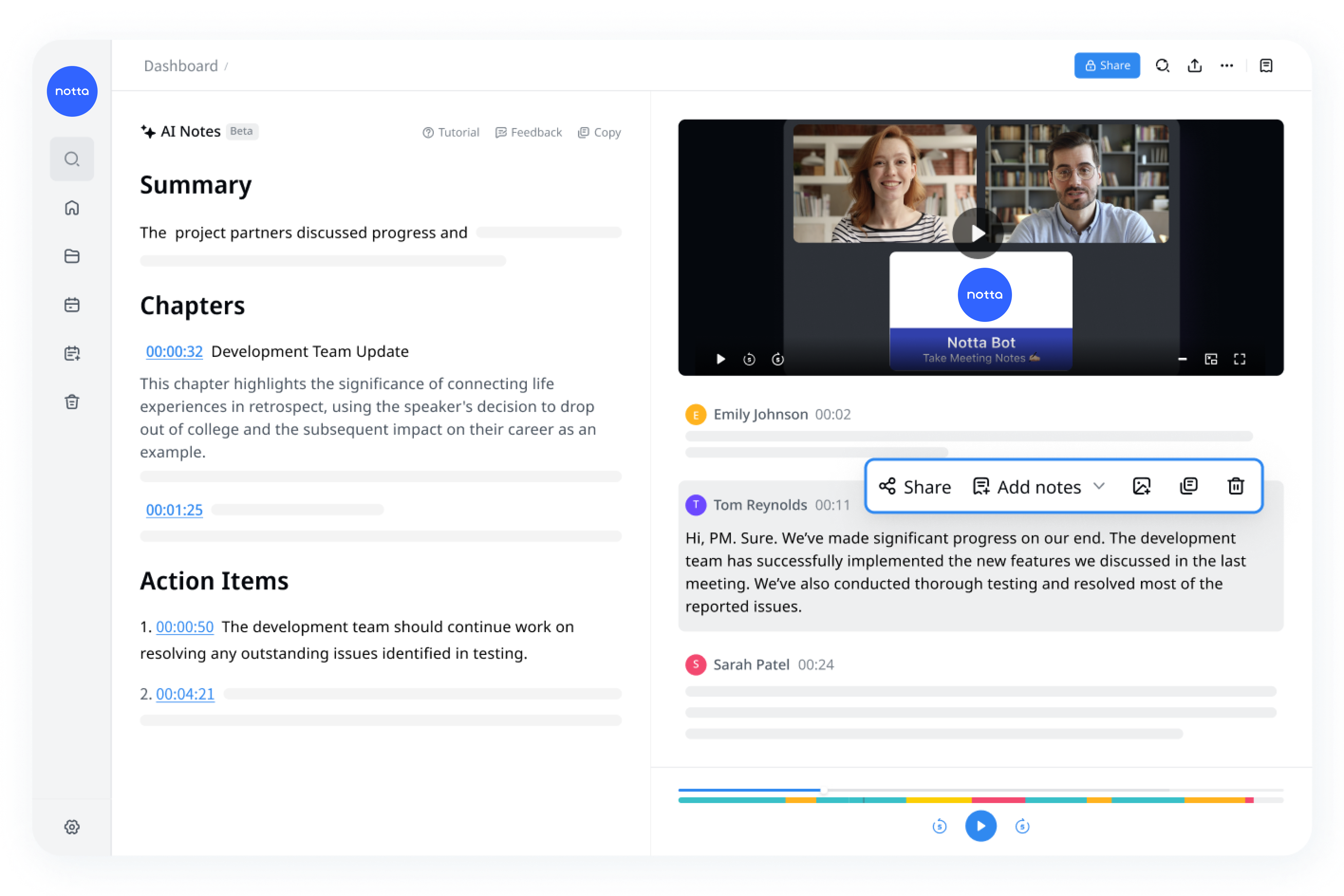At the heart of the digital age lies the World Wide Web, often referred to by its abbreviation 'www'. It has transformed the way we access information, communicate, and conduct business. The web has become an integral part of our daily lives, connecting billions of people across the globe. As we delve deeper into this digital landscape, understanding the intricacies of the www becomes essential for anyone looking to navigate the internet effectively. This article aims to provide a detailed exploration of the www, its history, functionality, and its role in shaping modern society.
The concept of the www was first introduced in 1989 by Tim Berners-Lee, a British computer scientist. His vision was to create a system where researchers could easily share and access information. This idea evolved into what we now know as the web, a vast network of interconnected documents and resources. Today, the www is not just a tool for researchers but a platform for businesses, educators, and individuals to connect and share information globally. Understanding its evolution and significance is crucial for leveraging its full potential.
As we explore the www, it's important to consider its impact on various aspects of our lives. From revolutionizing communication to transforming the way we consume media, the web has reshaped industries and societies. This article will take you through the history of the www, its technical aspects, and its influence on modern life. By the end, you'll have a comprehensive understanding of the www and how it continues to evolve in the digital age.
Read also:Raspi Ssh Mastery A Comprehensive Guide To Secure And Efficient Remote Access
What Exactly is the WWW?
The World Wide Web, or www, is a system of interlinked hypertext documents accessed via the Internet. It is important to distinguish the web from the Internet itself, as the web is just one of the services that use the Internet. The www operates using a client-server model, where web browsers act as clients and web servers host the content. This system allows users to access a vast array of information by simply clicking on links, making navigation seamless and intuitive.
How Did the WWW Revolutionize Communication?
The introduction of the www transformed communication by providing a platform for instant and global interaction. Before the web, communication was limited by physical distances and the speed of mail or telephone. The www broke these barriers, enabling people to share information and collaborate in real-time, regardless of their location. This revolution in communication has had profound effects on businesses, education, and personal relationships, making the world a more connected place.
Why is the WWW So Important in Modern Society?
The importance of the www in modern society cannot be overstated. It has become the backbone of the digital economy, supporting e-commerce, online education, and social networking. The web has also democratized access to information, allowing people from all walks of life to learn and grow. As we continue to rely on the www for various aspects of our lives, understanding its importance helps us appreciate its role in shaping the world we live in today.
How Does the WWW Work?
To understand the functionality of the www, it's essential to explore its technical aspects. The web operates using a series of protocols, with the most important being the Hypertext Transfer Protocol (HTTP). This protocol allows web browsers to communicate with servers and retrieve the desired content. Additionally, the use of URLs (Uniform Resource Locators) enables users to access specific web pages. By breaking down these technical components, we can better understand how the www functions and how it continues to evolve.
What are the Key Features of the WWW?
The www is characterized by several key features that make it a powerful tool for information sharing. These include hypertext links, multimedia support, and the ability to access content from anywhere in the world. Hypertext links allow users to navigate seamlessly between different web pages, while multimedia support enables the inclusion of images, videos, and audio files. These features combined make the www a versatile platform for communication and collaboration.
How Has the WWW Changed Over Time?
Since its inception, the www has undergone significant changes, evolving from a simple text-based system to a multimedia-rich platform. Advances in technology have enabled the development of more sophisticated web applications, enhancing user experience and functionality. The introduction of mobile devices and social media has further transformed the web, making it more accessible and interactive. Understanding these changes helps us appreciate the dynamic nature of the www and its continued evolution.
Read also:Why Little Caesars Lincoln Park Stands Out In The Competitive Pizza Scene
What are the Challenges Facing the WWW?
Despite its many benefits, the www faces several challenges that threaten its integrity and usability. Issues such as cybersecurity threats, data privacy concerns, and the digital divide pose significant challenges to the web's continued growth and development. Addressing these challenges requires a concerted effort from governments, organizations, and individuals to ensure the www remains a safe and accessible platform for all.
How Can We Ensure the Future of the WWW?
Ensuring the future of the www involves implementing strategies to address its challenges and capitalize on its opportunities. This includes investing in cybersecurity measures, promoting digital literacy, and fostering innovation in web technologies. By taking proactive steps to protect and enhance the www, we can ensure it continues to serve as a vital resource for generations to come. Collaboration between stakeholders is essential in achieving this goal.
Why Should We Care About the WWW?
Caring about the www is crucial because it plays a vital role in our daily lives. From accessing information to conducting business, the web is an indispensable tool that enhances our productivity and connectivity. By understanding its significance and supporting its development, we contribute to a more informed and connected society. This commitment to the www ensures it remains a valuable resource for everyone.
Conclusion
In conclusion, the www has become an integral part of modern life, providing a platform for communication, collaboration, and information sharing. Understanding its history, functionality, and impact helps us appreciate its significance and potential. As we continue to navigate the digital landscape, it's important to address the challenges facing the www and work towards ensuring its future. By doing so, we can harness the full potential of the www and continue to benefit from its many advantages.
Table of Contents
- What Exactly is the WWW?
- How Did the WWW Revolutionize Communication?
- Why is the WWW So Important in Modern Society?
- How Does the WWW Work?
- What are the Key Features of the WWW?
- How Has the WWW Changed Over Time?
- What are the Challenges Facing the WWW?
- How Can We Ensure the Future of the WWW?
- Why Should We Care About the WWW?
- Conclusion
This article has provided a comprehensive overview of the www, its history, functionality, and significance in modern society. As we continue to explore and utilize the web, understanding its complexities and challenges is essential for ensuring its continued growth and development. The www is more than just a tool; it's a gateway to knowledge and connectivity that shapes our world in profound ways.


